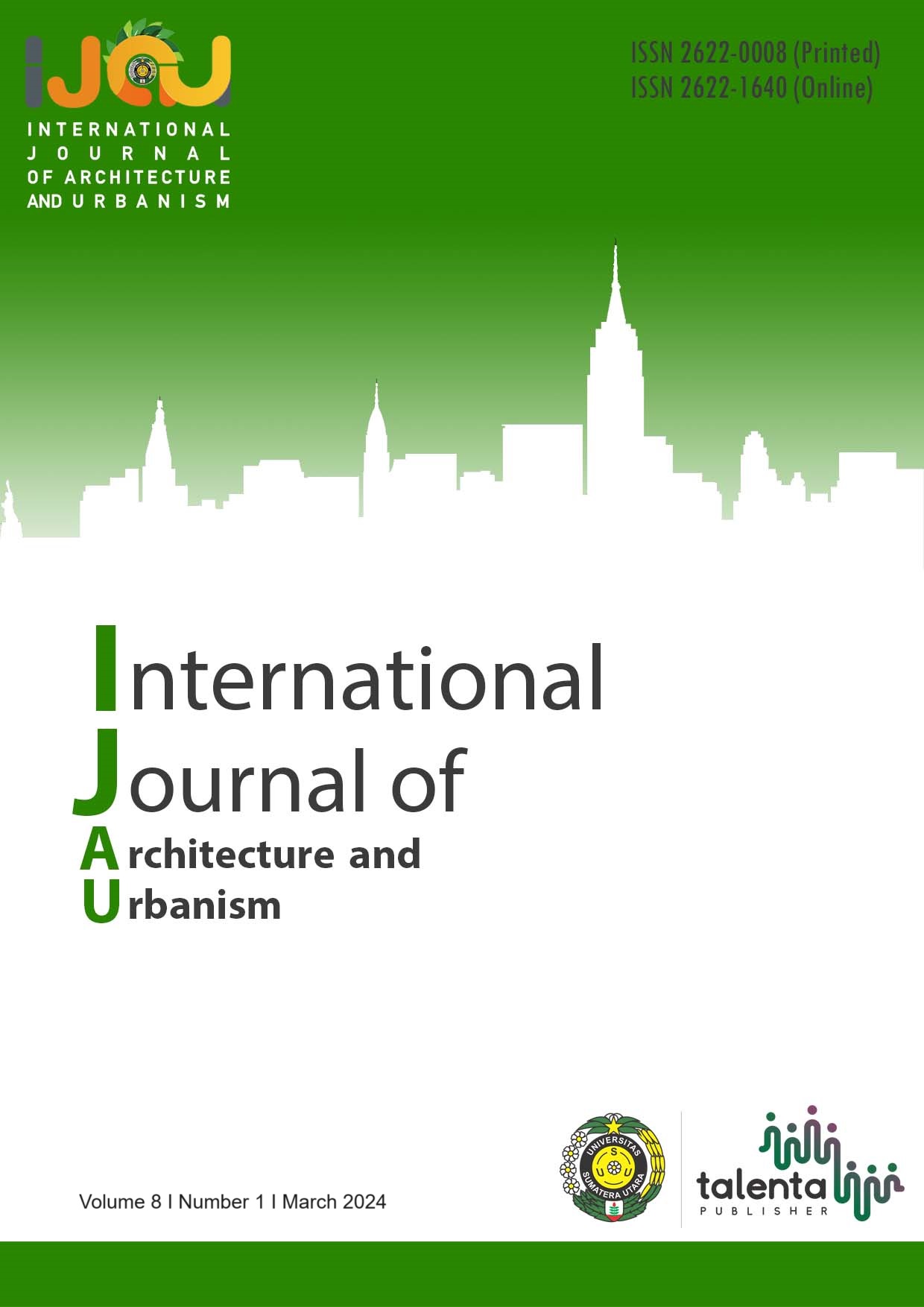Effectiveness of Inclusive Design for Children with Disabilities in Nigerian Education Buildings
DOI:
https://doi.org/10.32734/ijau.v8i1.15532Abstract
The United Nations Educational, Scientific, and Cultural Organisation (UNESCO) report that twenty million Nigerian children lack access to basic school education. This is due to inadequate support for children with unique educational needs and impairments in primary school buildings. This study aims to assess how inclusive design ideas have been applied in Abuja public primary school buildings to accommodate children with unusual academic needs, including disabilities, in Nigeria. A descriptive study design with a survey technique was employed as the methodology. A standardised questionnaire with a five-point Likert scale was used to collect information and was delivered to a sample size of 133 people. According to the data, physically challenged pupils and older staff were more concerned with the proportions of overall desires and security, skills, and perception. Additionally, no ramps were installed in the school buildings, prohibiting disabled students from moving vertically, and students with impairments have difficulty reaching areas of conveniences. These findings indicate that inclusive design ideas have not been included into the architectural designs of Federal Capital Territory Administration (FCTA) community primary academic buildings. The findings suggest the need for strong legislation to create an inclusive design special unit to ensure all architectural designs meet FCTA institutional standards for primary school building delivery
Downloads
Downloads
Published
How to Cite
Issue
Section
License
Copyright (c) 2024 International Journal of Architecture and Urbanism

This work is licensed under a Creative Commons Attribution-ShareAlike 4.0 International License.


.png)










